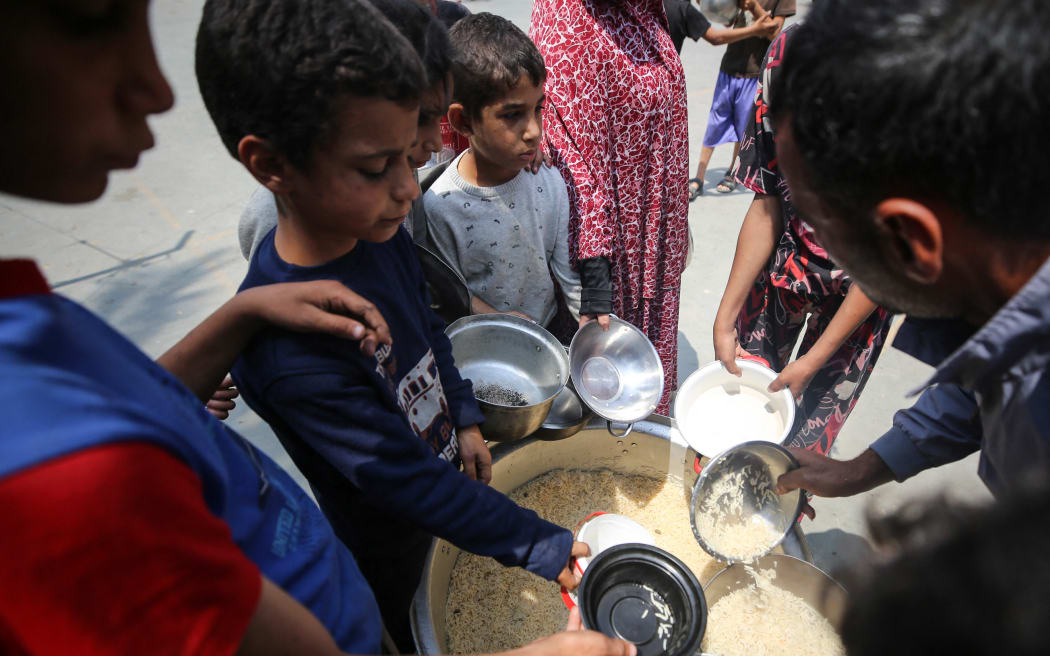Why the UN Revised its Figures on Palestinian Women and Children Casualties in Gaza
The United Nations is under scrutiny for revising its counts of Palestinian women and children killed since Israel began bombing Gaza in its seven-month war against Hamas.
The UN’s Office for the Coordination of Humanitarian Affairs (OCHA), which releases impact reports on the Israel-Gaza situation every two to three days, recently adjusted its tallies. As of April 30, it now reports approximately 5,000 women and 7,800 children killed, which is less than half of its previous estimates.
Farhan Haq, deputy spokesperson for UN Secretary General António Guterres, attributed the revision to ongoing efforts to verify and cross-check figures sourced from Gaza’s Ministry of Health and other agencies. He cited the challenges of obtaining accurate death tolls amid the “fog of war.”
Critics, including Israeli officials, have questioned the UN’s reliance on data from Gaza’s government, controlled by Hamas since 2007. They argue that the figures fail to distinguish between Palestinian civilians and combatants. However, the UN maintains that its death tolls are likely underestimates.
The latest update from OCHA indicates 34,904 reported fatalities in Gaza since October 7, with around 10,000 individuals still unaccounted for. Of the identified casualties as of April 30, 4,959 were women and 7,797 were children. The UN acknowledges challenges in fully identifying bodies and categorizing them by gender.
Regarding Israeli casualties, OCHA reports approximately 1,200 fatalities on October 7, including civilians, foreign nationals, and Israeli soldiers. The Israeli government has revised its initial death toll of at least 1,400, attributing discrepancies to unidentified bodies possibly belonging to Palestinian militants.
Criticism of the UN’s data has emerged, with Israel accusing Hamas of manipulating figures. Critics argue that the UN’s reliance on Hamas-provided data may lead to inaccurate portrayals of the conflict. However, the UN defends its approach, citing challenges in independently verifying casualties given the situation on the ground.
Despite criticisms, the UN stands by the credibility of Gaza’s Ministry of Health in reporting casualty figures, noting its past accuracy in similar incidents. The World Health Organization supports this view, acknowledging the difficulty of accurately assessing casualties in conflict zones.


